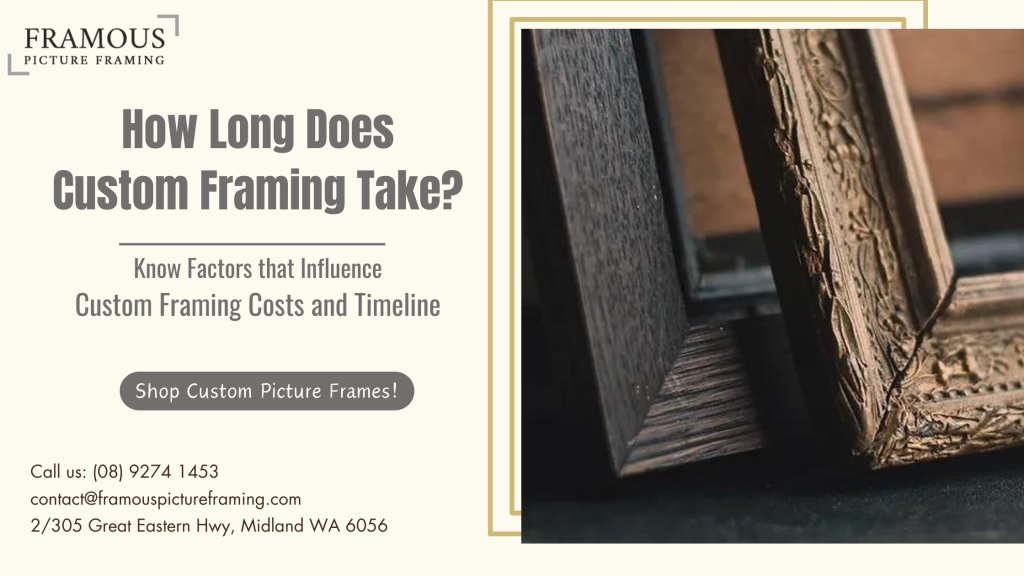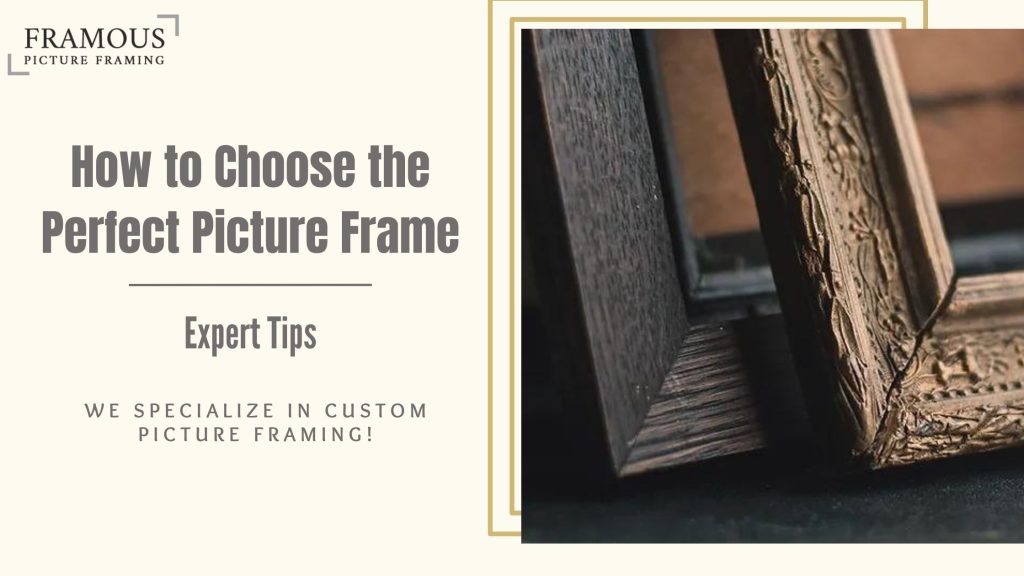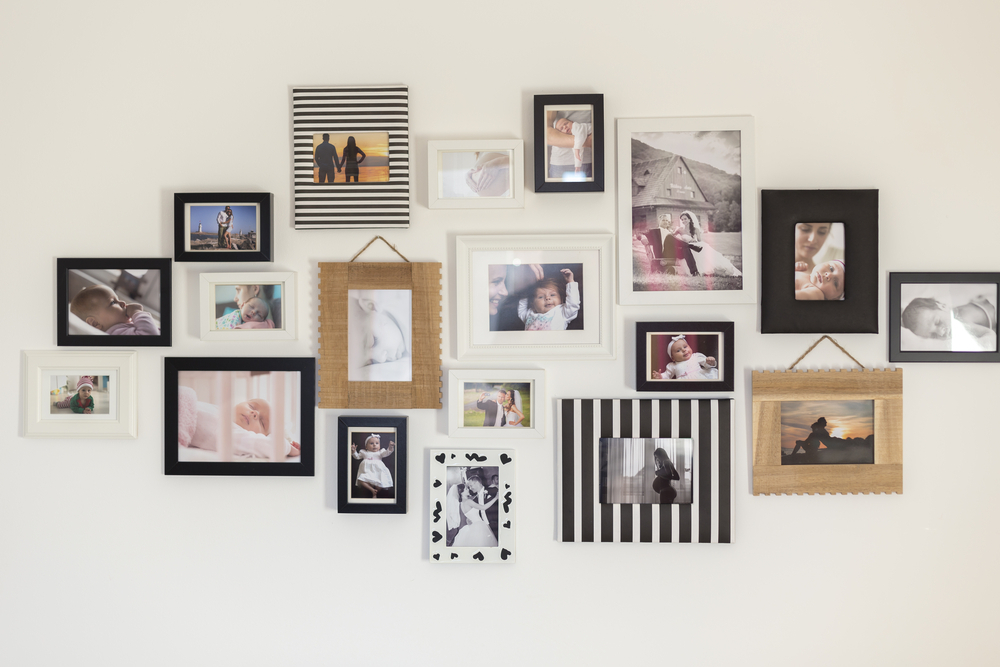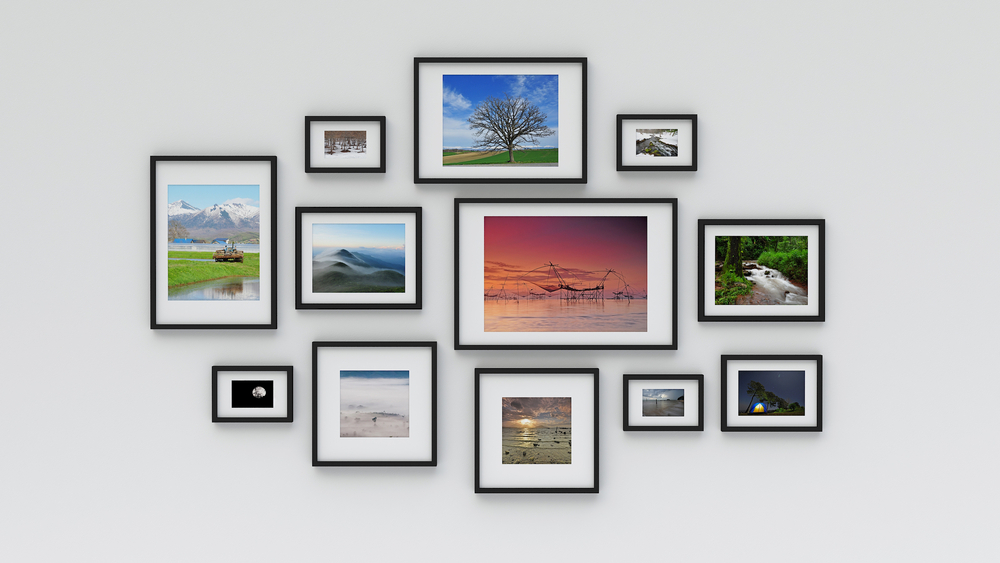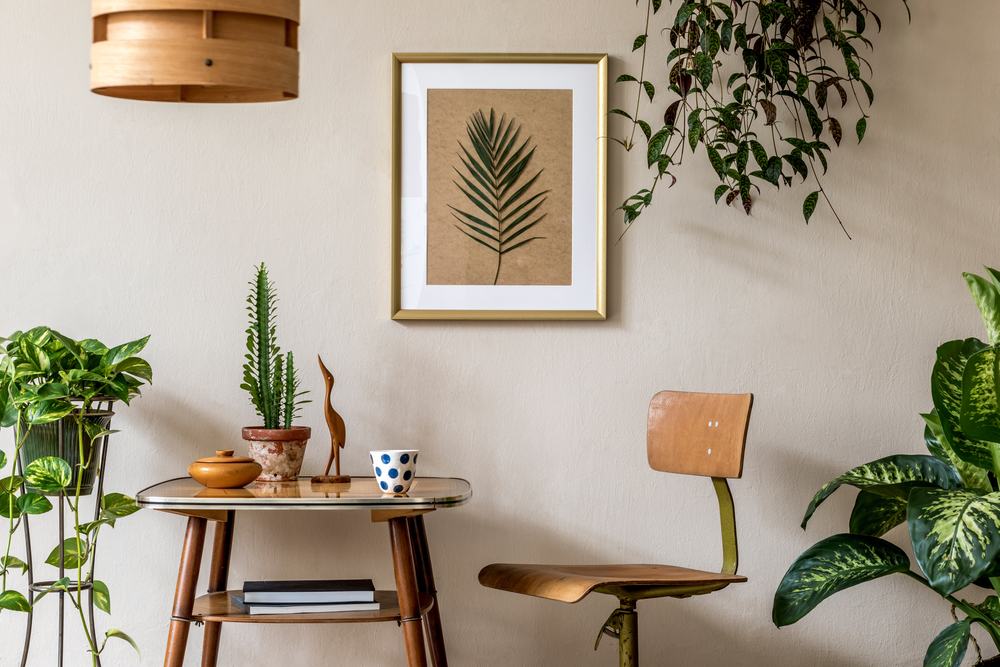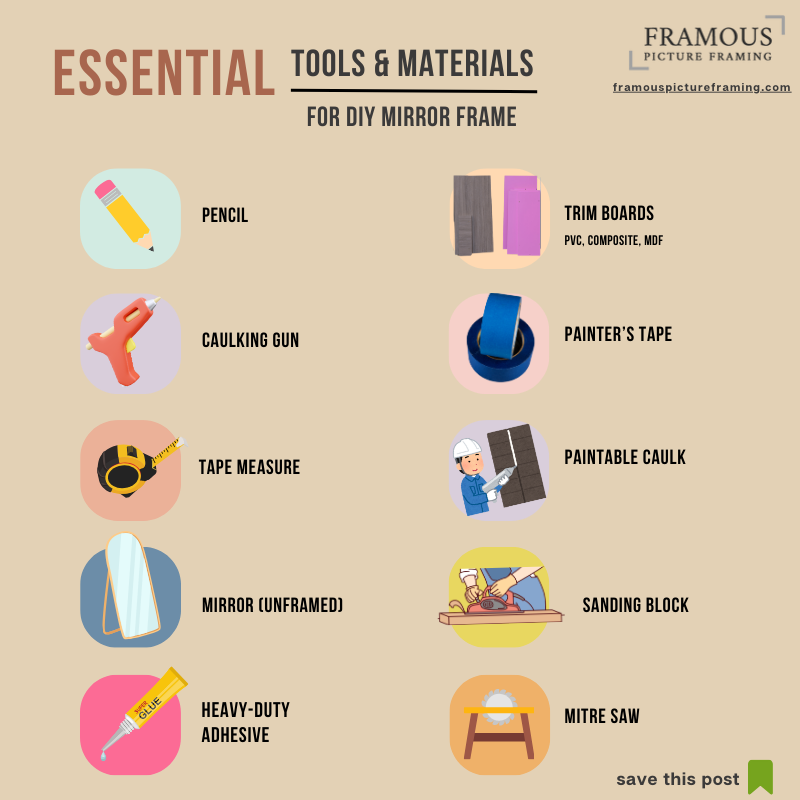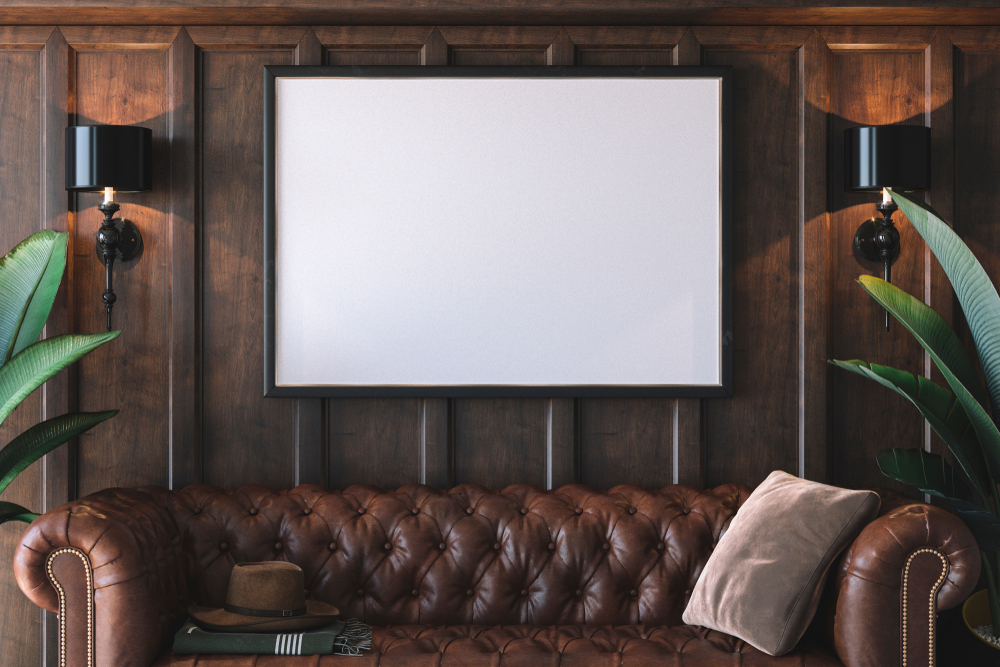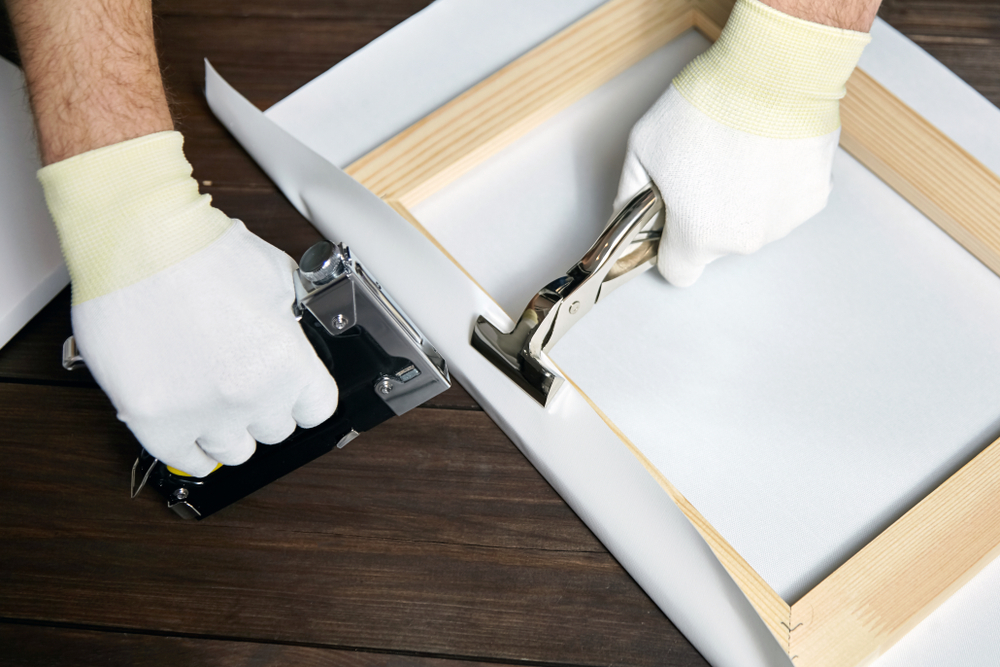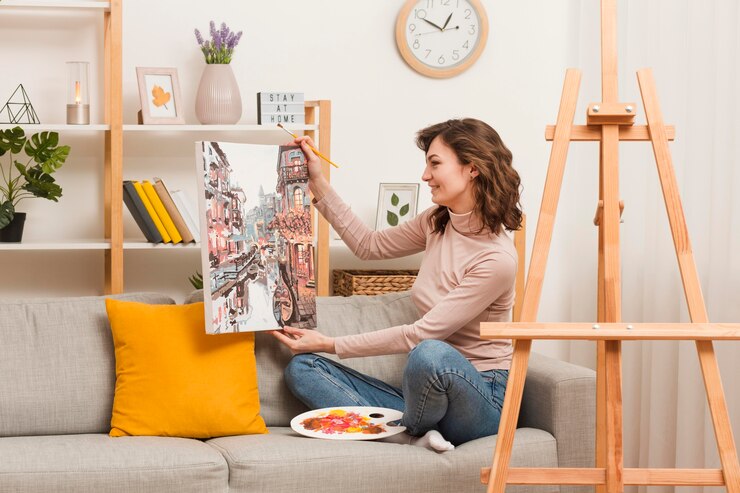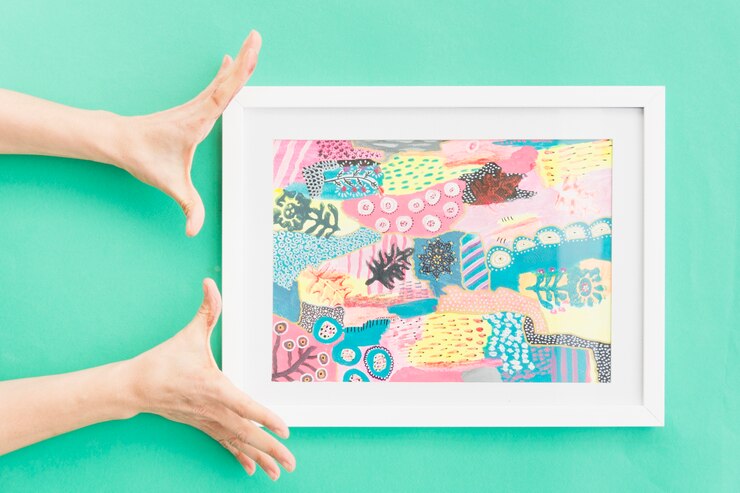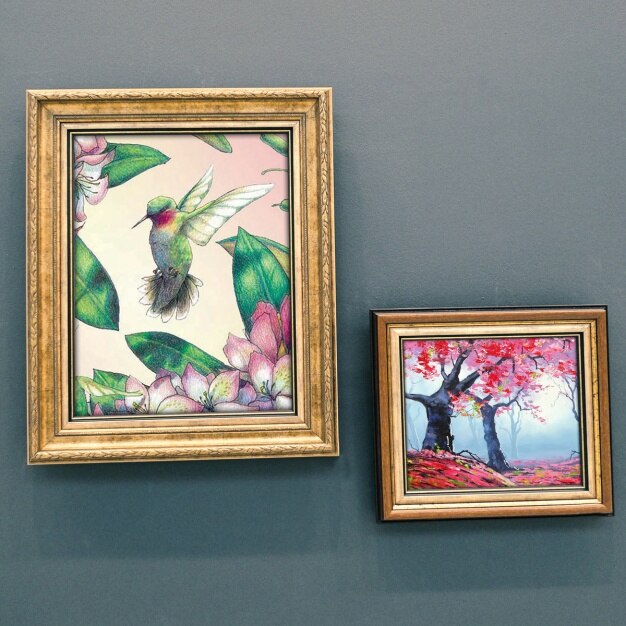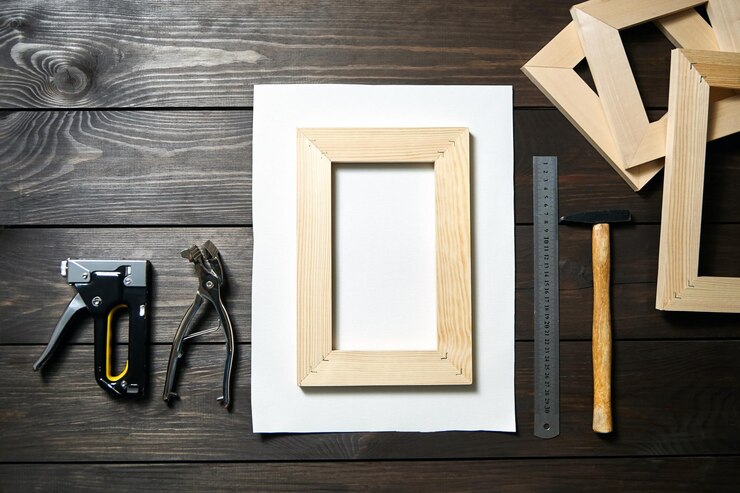10 Top Benefits of Using Mirrors in Interior Design
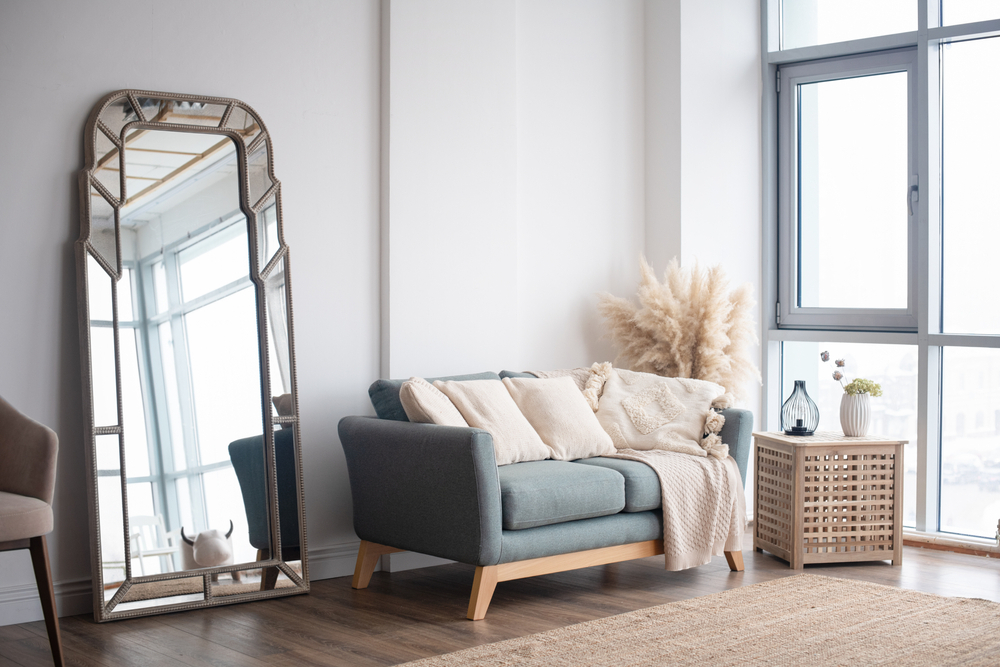
Ever look at a room and think, “Something’s missing, but what?” Well, the answer might be hiding in plain sight. A well-placed decorative MIRROR.
Mirrors in interior design are more than just vanity tools. They’re centrepieces of interior décor, working their magic in all sorts of ways.
Framous is here to show you the 10 reasons why mirrors deserve a place in your home. In this guide, we’ll explore the many benefits they offer and how to use them to create a space that’s both stylish and functional.
Let’s explore how a home with mirrors can make your living space feel bigger, brighter, and more stylish.
How Mirrors Can Transform Your Interior Décor | 10 Amazing Benefits
1. Make Small Spaces Feel Bigger
Feeling like your apartment is the size of a shoebox? Or Got a small room?
Mirrors can make it look much larger. They create an illusion of space, making even the tiniest rooms feel more open. By cleverly hanging a mirror opposite a window, you bounce that lovely natural light around the room, making it feel bigger and brighter.
Plus, a tall, standing mirror or a floor-to-ceiling mirror can create the illusion of extra height, making your cramped space look like a palace (okay, maybe not a palace, but definitely less cramped).
2. Brighten Up Dark Rooms
Does your living room feel a bit like a cave? Mirrors are great for reflecting light and brightening up dark rooms.
If you have a room with small windows or low ceilings, like a guest bathroom or a walk-in closet, a high-quality mirror can help. They reflect light, chasing away those dark corners and gloomy vibes.
Place your mirror near a window or light source to spread light around the room. This trick works wonders for dark corners and really maximizes the brightness. Making any space feel more inviting.
3. Create a Focal Point & Make a Statement
Mirrors can be the star of your decor.
If you’re on a budget or prefer a minimalist look. Mirrors can be the perfect way to add some personality to a room, without going overboard.
A large mirror can make a big impact. Instead of filling a room with lots of small items, a single oversized mirror can serve as a stunning centrepiece.
Think about it: instead of a bunch of knick-knacks that get lost in the space, a well-placed mirror can be the star of the show. An oversized mirror, leaning against the wall or mounted, can make a huge impact, especially in your living room, bedroom, or entryway.
Want to keep things from feeling too crowded? In smaller spaces, choose a frameless mirror to avoid making the room feel crowded and maintain that airy vibe.
4. Cover Up Imperfections
Got a wall with dents or outdated wallpaper you can’t fix right now? An oversized mirror can hide those flaws.
Don’t underestimate the design secret that mirrors hold. A mirror is both functional and stylish. It’s a quick way to cover up imperfections until you’re ready for a more permanent solution. Plus, it adds a decorative touch to your space. Plus, a large mirror can partially cover up an unwanted paint colour or some funky wallpaper you’ve been meaning to rip out.
5. Add Style and Visual Interest to Any Décor
Want to add some visual interest to a room? Mirrors can help with that. Mirrors aren’t just about hiding stuff, they’re also a great way to add style to your home.
Get creative with different shapes and sizes. They come in all shapes and sizes, from classic circles and ovals to funky diamonds and modern abstracts. You can find round, oval, diamond-shaped, and even abstract mirrors.
Plus, the right mirror frame also adds character, pop of colour and texture to your decor. A gold-framed mirror can make a dining room look elegant. While a woven or wooden frame can give a rustic touch to your outdoor seating area.
6. The Most Versatile Decor Item
Sometimes decorating can be tricky. You stare at your blank walls and just…stay blank. But here’s the beauty of mirrors. They are incredibly versatile and can fit into any room.
Stuck in a room that feels lifeless? Hang a mirror. It might be exactly what it needs.
If you feel a room is missing something but can’t figure out what, try adding a mirror. It can provide the light, space, and depth that the room needs. Bringing everything together and creating a sense of spaciousness that can totally transform a room.
7. Make A Low Ceiling Feel Higher
Got low ceilings? Feeling like you’re living in a hobbit hole?
Don’t worry, mirrors can be your heighten your ceiling. By hanging a tall mirror on a wall opposite a window, you create the illusion of extra space that goes all the way up! The light reflects off the mirror and creates vertical lines that trick the eye, making your low ceilings feel higher and more airy.
8. Mirrors Double the Style & Light Between Windows
Have that awkward space between your windows? Use your mirrors to fill the inelegant gap with both style and spark.
By placing a mirror between windows, you’re essentially doubling the amount of light coming into the room. This makes the space feel brighter, more cheerful, and even bigger. It’s like having two windows instead of one.
9. Window-Style Mirrors Open Up the Space
Wish you had more windows to let in the sunshine? Window-style mirrors can help. These clever mirrors mimic the look of actual windows, adding unique features to your room and creating a whole new dimension.
Just like regular mirrors, window-style mirrors reflect light, making your space feel brighter and more open. If you have a room with limited natural light, a window-style mirror can work wonders, creating the illusion of more windows and a more airy atmosphere.
So, ditch the feeling of a closed-in space with window-style mirrors.
10. Framed Mirrors Tie Your Decor Together
We’ve talked about how mirrors can brighten spaces, add personality, and even create illusions. But there’s one more benefit of framed mirrors in interior design.
A well-chosen frame can be the finishing touch that ties a room together. Imagine a room decorated in warm browns and beiges. A mirror with a chunky wooden frame in a similar shade would echo those tones, creating a sense of harmony and cohesion.
Think of the frame like the ribbon on a present – it adds that final touch that elevates the overall look. You can use the frame to:
- Match existing furniture: Pick a frame material or colour that complements your tables, chairs, or cabinets.
- Introduce an accent colour: Want a pop of something different? A brightly coloured frame can add personality and tie in with other colourful elements in the room.
- Play with style: A rustic wooden frame adds a farmhouse feel, while a sleek metal frame brings a modern touch. Choose a frame that reflects the overall style of your space.
So, next time you’re shopping for a mirror, don’t forget the power of the custom frame. It can take your mirror from functional to fabulous.
Get the Perfect Frame at Framous Pictures
Is your mirror feeling a little… plain? Feeling lost in a sea of generic frames?
Don’t worry, you can easily transform it into a stunning centrepiece with Framous Pictures. We specialize in both custom picture framing and mirror framing Perth, transforming cherished memories and artwork into stunning focal points.
Our expertise in custom picture framing allows you to personalize the look and feel, perfectly complementing your existing decor.
And if you have a stunning canvas that needs the perfect finishing touch, you don’t need to search for ‘framing canvas near me’ – we’ve got you covered.
Let Perth Picture Framers offer amazing custom framing for your favourite pictures, canvas art, and valuable memorabilia too. High-quality frames safeguard your cherished memories from dust, fading, and damage.
Visit us today and enjoy the perks of custom framing.



